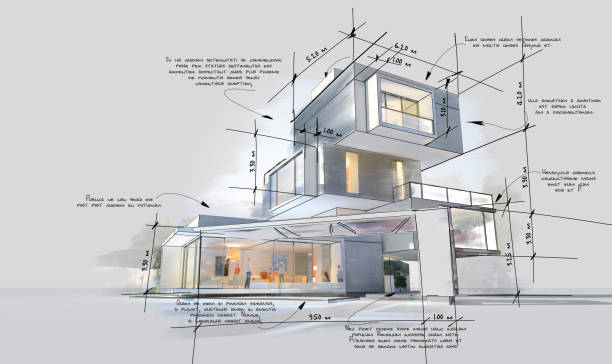
Introduction : Building Information Modeling (BIM) has revolutionized the way we approach structural engineering. Gone are the days of paper blueprints and disjointed workflows. BIM offers a unified, digital approach to design, collaboration, and execution, enhancing efficiency and accuracy across the board. In this blog post, we’ll explore how BIM structural engineering, its benefits, and its future potential.
1. Enhanced Visualization and Design
One of the most significant advantages of BIM structural engineering is its ability to provide a 3D visualization of projects. Engineers can create detailed digital models that represent the entire structure, including materials, loads, and connections. This visualization helps in:
- Improved Design Accuracy: Engineers can see potential issues in the design phase, reducing the risk of costly changes during construction.
- Stakeholder Communication: Clients and stakeholders can better understand the project through interactive models, leading to more informed decision-making.
2. Streamlined Collaboration
BIM fosters a collaborative environment where all stakeholders—architects, engineers, contractors, and clients—can work from a single, shared model. This collaboration is facilitated through:
- Centralized Information: A single model reduces discrepancies and ensures everyone is working with the most current data.
- Real-Time Updates: Changes made by one party are instantly visible to others, minimizing errors and miscommunication.
3. Improved Accuracy and Efficiency
The integration of BIM in structural engineering enhances both accuracy and efficiency through:
- Clash Detection: BIM tools can identify and resolve clashes between structural elements and other systems (e.g., MEP), preventing costly conflicts during construction.
- Automated Calculations: Structural analysis and load calculations can be automated within the BIM environment, reducing manual errors and speeding up the design process.
4. Enhanced Project Management
BIM’s capabilities extend beyond design and into project management, offering:
- Detailed Scheduling: BIM models can be linked with project schedules, allowing for accurate time estimates and better management of construction sequences.
- Cost Estimation: Integrated cost estimation tools provide real-time cost analysis based on the model, aiding in budgeting and financial planning.
5. Lifecycle Management
BIM isn’t just for the design and construction phases. Its benefits extend throughout the lifecycle of a building:
- Maintenance and Operations: The detailed information within the BIM model can assist in facility management, including maintenance scheduling and asset management.
- Future Modifications: A comprehensive digital model makes it easier to plan and implement future renovations or expansions.
6. Future Trends and Innovations
The future of BIM structural engineering promises even more advancements, including:
- Integration with AI and Machine Learning: AI-driven tools can provide predictive analytics, optimize designs, and automate repetitive tasks.
- Increased Use of Augmented Reality (AR) and Virtual Reality (VR): AR and VR technologies will further enhance visualization and design validation, providing immersive experiences for stakeholders.
Conclusion
BIM is fundamentally transforming structural engineering by enhancing visualization, improving collaboration, and increasing efficiency. As technology continues to evolve, BIM will likely become even more integral to the industry, offering innovative solutions and setting new standards for design and construction. Embracing BIM today means positioning yourself at the forefront of engineering excellence and innovation.

